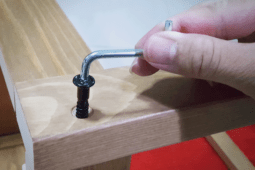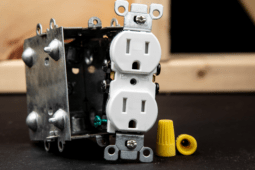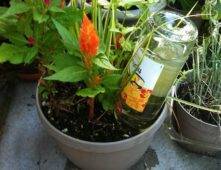Mastering the Art of Landscaping Balance Between Lawn and Not-Lawn
Achieving the perfect balance between lawn and not-lawn in your garden can be a challenging yet rewarding endeavor. Homeowners often grapple with decisions about how much space to allocate for lush green grass versus areas for gardens, flower beds, or other landscaping features. Striking this balance is further complicated by the need to care for these spaces in a sustainable manner. Traditional lawn care practices can be resource-intensive, consuming vast amounts of water, fertilizers, and pesticides. On the other hand, non-lawn areas can offer opportunities for native plantings, wildlife habitats, and even food production, which can significantly enhance biodiversity and sustainability in your yard.
Ready to take on life with unshakable confidence? Whether you’re aiming to excel in your career, improve your relationships, or conquer DIY projects, NLP Hero’s Confidence Course is your key to success. Click here to start transforming your confidence and be better at everything you do!
In this article, we will delve into various strategies to harmonize your lawn and non-lawn areas while maintaining a commitment to sustainability. From planning and plant selection to maintenance tips and eco-friendly practices, you’ll find valuable insights to create a beautiful and environmentally responsible outdoor space.
Planning Your Landscape: Assessing Your Needs and Space
Before diving into any landscaping project, it’s crucial to assess your needs and the available space. Consider how you and your family use your outdoor area. Do you need a large lawn for playing and entertaining, or could some of that space be better utilized for gardens or other features?
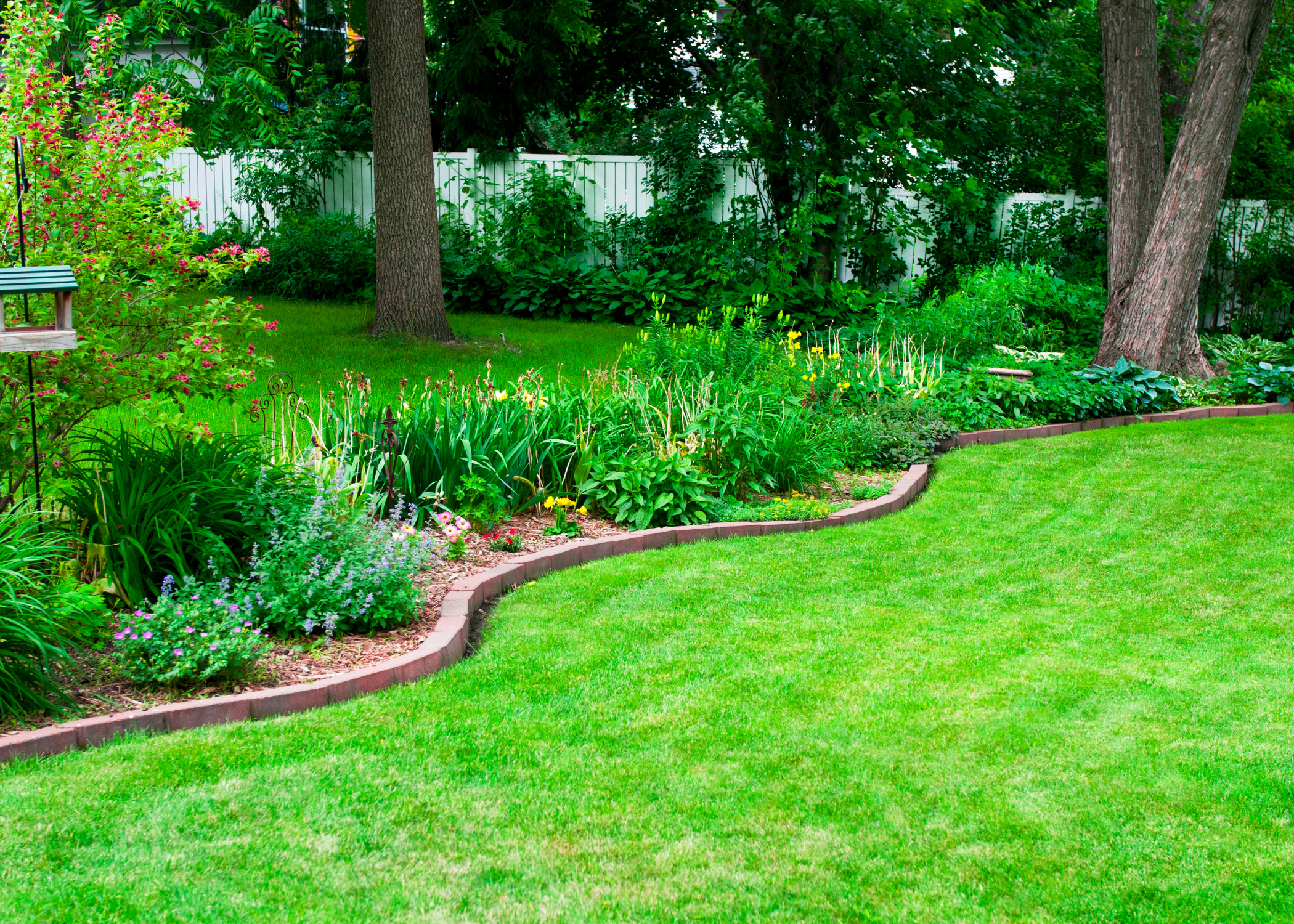
Mapping out your yard and envisioning different zones can help you visualize how to best use the space. Include areas for relaxation, play, and perhaps even a vegetable garden. This planning stage is essential for creating a functional and aesthetically pleasing landscape that meets your needs while being mindful of sustainability.
Choosing the Right Plants for Your Lawn and Garden
Selecting the right plants is paramount for maintaining a healthy and sustainable yard. Opt for native plants, which are adapted to your local climate and soil conditions, requiring less water and fewer chemicals to thrive. For your lawn, consider drought-tolerant grass species that can withstand dry spells and reduce the need for irrigation. In non-lawn areas, incorporate a variety of perennials, shrubs, and trees that provide year-round interest and support local wildlife.
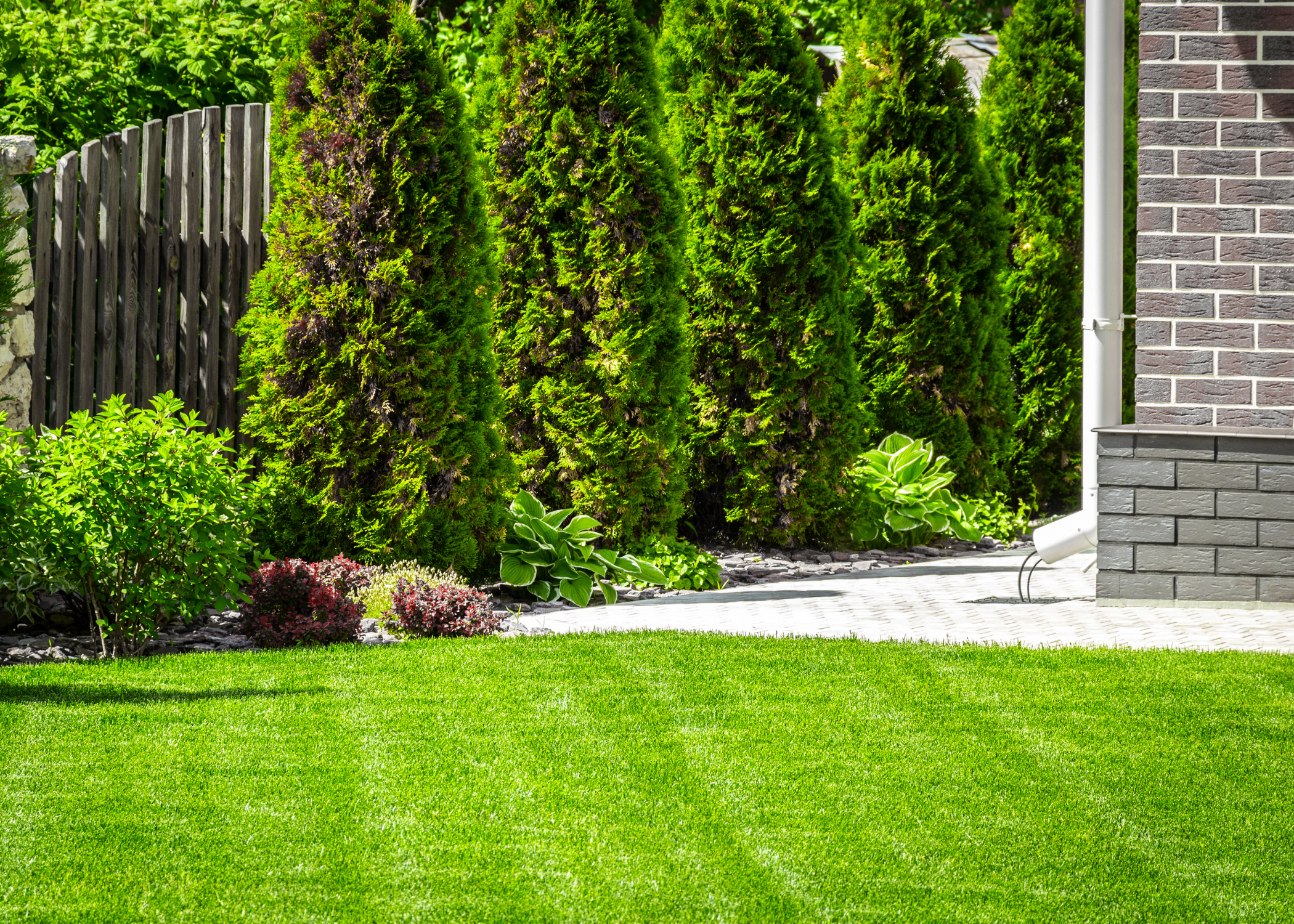
Avoid invasive species that can outcompete native plants and disrupt the ecosystem. Researching and choosing plants that are well-suited to your environment will pay off in reduced maintenance and a more resilient landscape.
Implementing Water-Wise Practices
Water is a precious resource, and managing it wisely is key to sustainable lawn and garden care. Install a rainwater harvesting system to collect and store rainwater for irrigation. Drip irrigation systems are more efficient than traditional sprinklers, delivering water directly to the roots of plants and reducing evaporation.
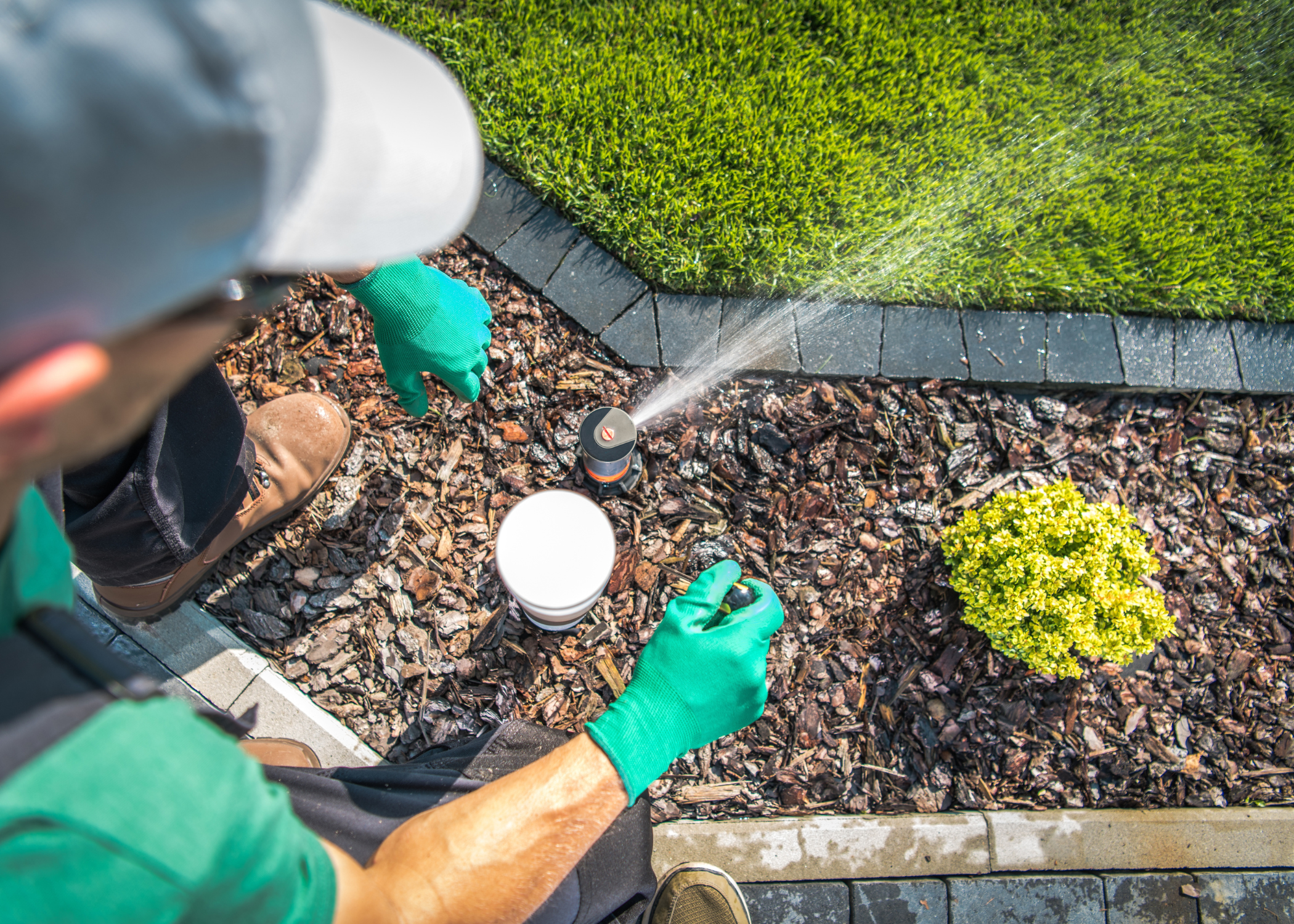
Mulching garden beds helps retain soil moisture and suppress weeds, further conserving water. Adjust your watering schedule according to the season and weather conditions, ensuring that your plants receive adequate hydration without wasting water. By being mindful of your water usage, you can maintain a healthy garden while protecting this vital resource.
Soil Health: The Foundation of a Sustainable Yard
Healthy soil is the cornerstone of a thriving and sustainable landscape. Conduct a soil test to determine its composition and nutrient levels, allowing you to amend it appropriately. Incorporate organic matter such as compost to improve soil structure, fertility, and water retention.
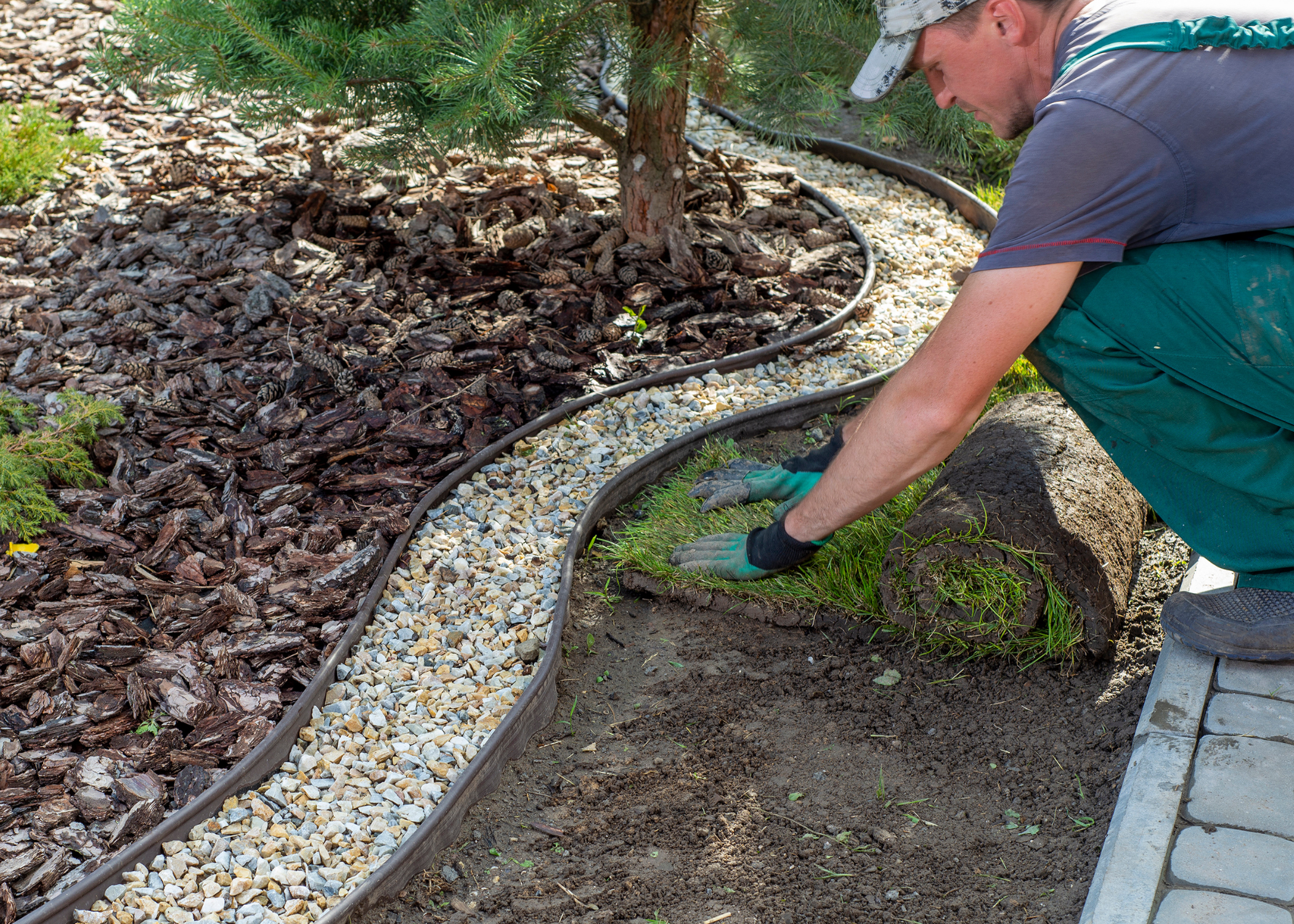
Avoid synthetic fertilizers, which can harm beneficial soil organisms and lead to nutrient runoff. Instead, use organic fertilizers and soil conditioners that promote long-term soil health. Practicing no-till gardening and minimizing soil disturbance can also help preserve soil structure and microbial life. Focusing on soil health will create a robust foundation for your plants and reduce the need for chemical inputs.
Sustainable Lawn Care Practices
Maintaining a lawn sustainably involves several key practices. Mow your lawn at a higher setting to promote deeper root growth and reduce water consumption. Leave grass clippings on the lawn to decompose and return nutrients to the soil, a practice known as grasscycling.
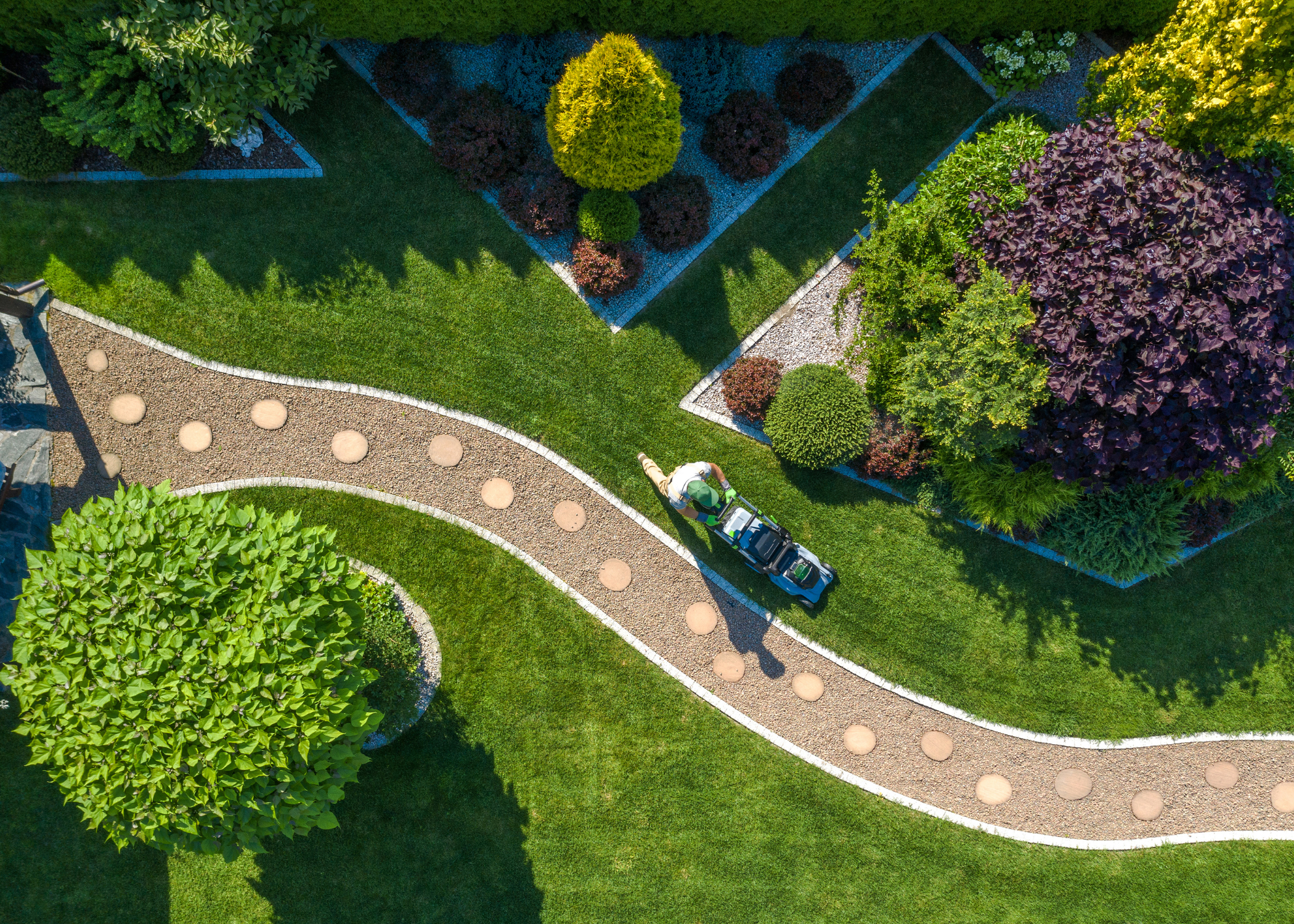
Aerate your lawn annually to alleviate soil compaction and improve water and nutrient absorption. Use organic lawn care products and limit the use of synthetic chemicals, which can harm the environment and human health. Encourage biodiversity by incorporating clover and other low-growing plants into your lawn, which can reduce the need for fertilizers and pesticides. Adopting these practices will help you maintain a lush, green lawn with minimal environmental impact.
Creating Wildlife-Friendly Habitats
Non-lawn areas offer a fantastic opportunity to create habitats for local wildlife. Plant a variety of native species that provide food and shelter for birds, insects, and other wildlife. Include a mix of flowering plants to support pollinators such as bees and butterflies.
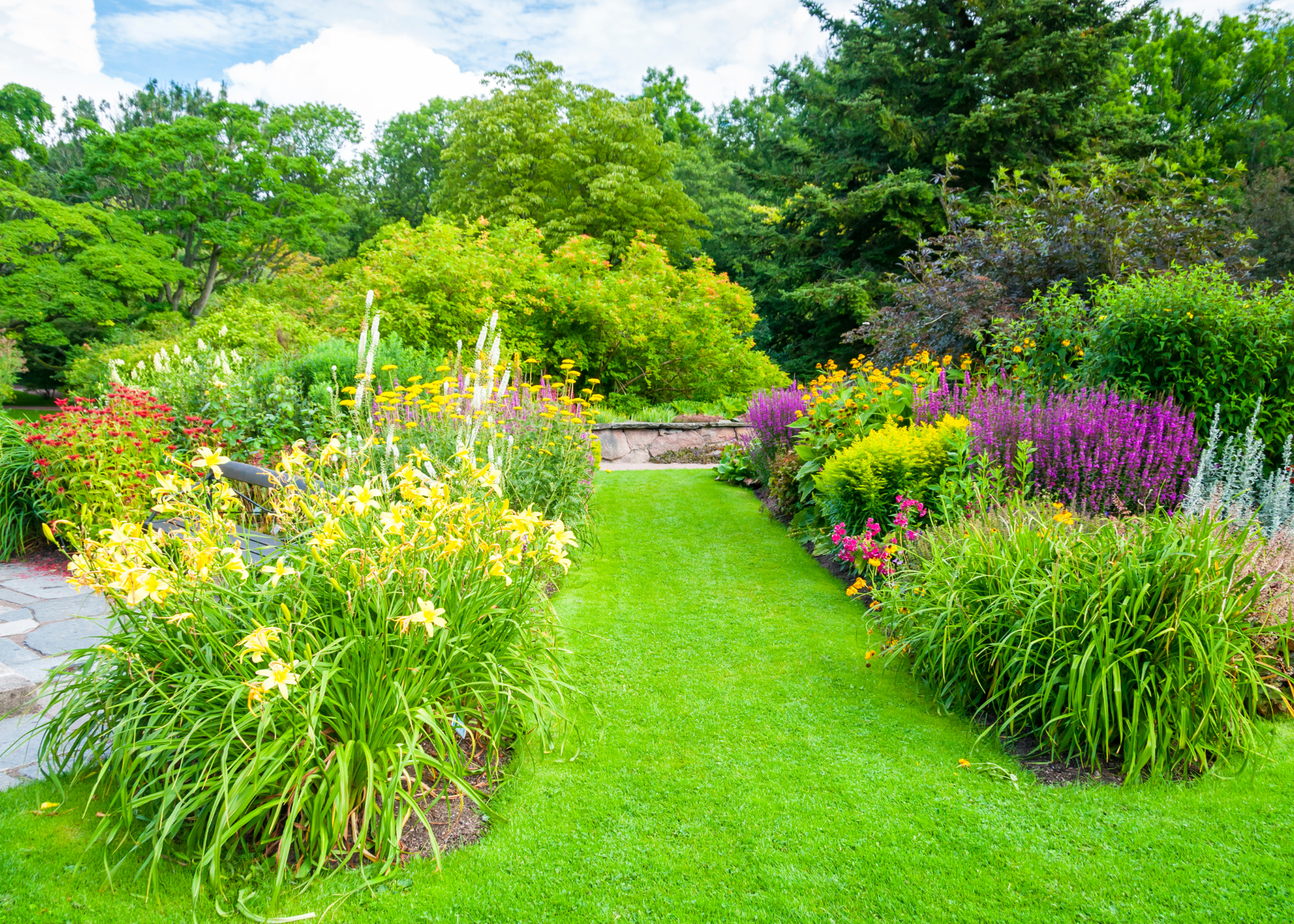
Install birdhouses to encourage beneficial species to take up residence in your yard. Create a water source, such as a birdbath or small pond, to attract wildlife. By designing your garden with wildlife in mind, you can enhance biodiversity and create a vibrant, dynamic ecosystem in your backyard.
Reducing Waste and Recycling Yard Materials
Managing yard waste sustainably is an important aspect of eco-friendly gardening. Composting kitchen scraps and garden waste turns organic material into valuable compost, which can be used to enrich your soil. Use fallen leaves as mulch or add them to your compost pile instead of sending them to the landfill.
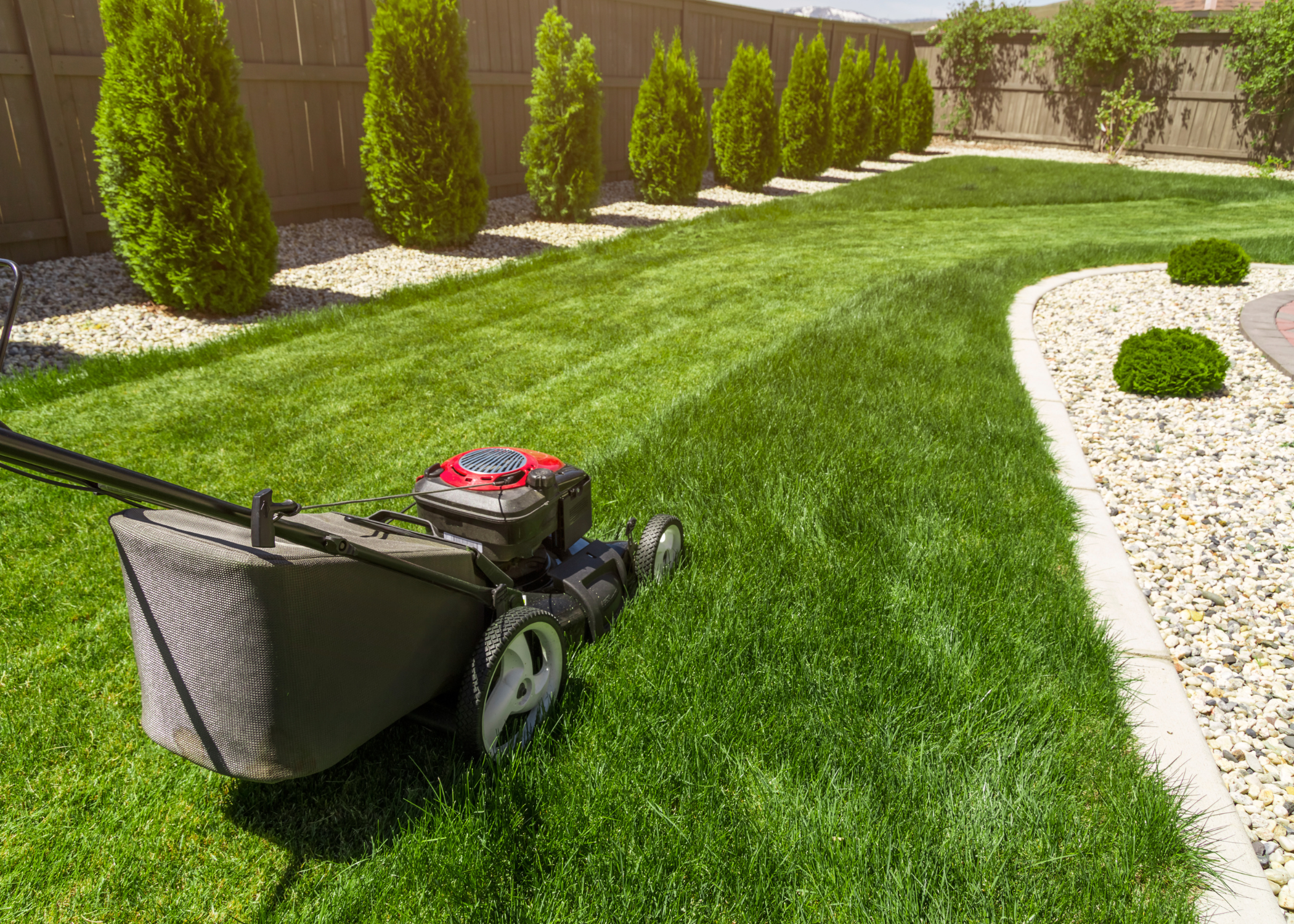
Recycle grass clippings by leaving them on the lawn or adding them to your compost. When pruning trees and shrubs, consider using the trimmings as natural stakes or supports for other plants. By reducing waste and recycling yard materials, you can minimize your environmental footprint and create a more sustainable garden.
Related Articles
Finding the balance between lawn and not-lawn areas in your yard and caring for them sustainably requires thoughtful planning and a commitment to eco-friendly practices. By assessing your needs, choosing the right plants, implementing water-wise practices, focusing on soil health, adopting sustainable lawn care techniques, creating wildlife-friendly habitats, and reducing waste, you can create a beautiful, functional, and environmentally responsible outdoor space. Embracing these strategies will enhance the beauty and utility of your yard and contribute to the health of the planet.
Ready to start your next project? Join our DIY community to receive tool tips, how-to guides, and exclusive creative insights. Subscribe to the ManMadeDIY newsletter now! Click here to unlock a world of hands-on inspiration.


